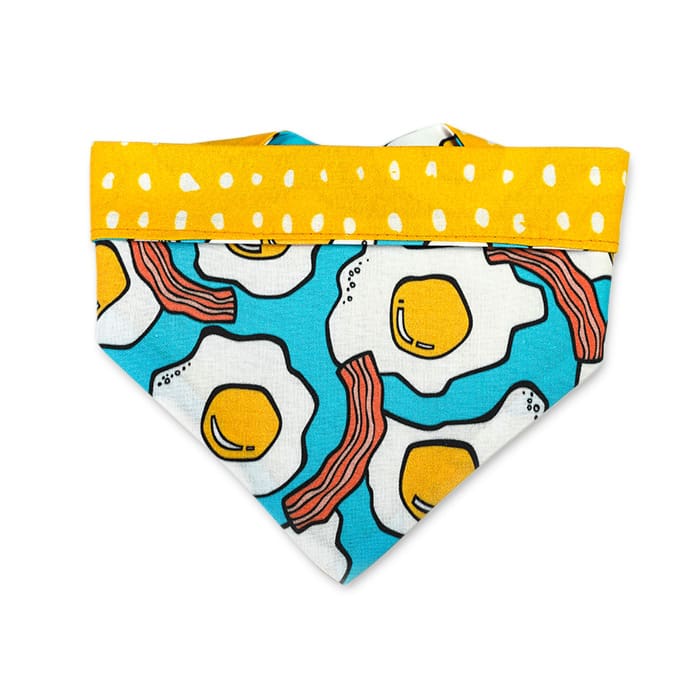When it comes to owning a pet, you have a lot of questions. You’re probably fixated on the type of dog you’ll get because there are so many breeds and varieties. However, if you’ve already got a pet that is getting on in years, it can also be helpful to learn about the best dog vitamins for seniors.
The Westie vs Jack Russell debate never seems to end. You can learn about both breeds so that you can make an informed decision that works for you and your family.
Westie vs Jack Russell: A Quick Comparison
Both the West Highland White Terrier and Jack Russell Terrier originated from the UK. Jack Russells can grow up to four inches taller than the Westie while they may both have the same weight. Therefore, you may want to pick one or the other based on the size you’d like.
The breeds also have about the same lifespan, ranging from 12 to 16 years. Each can also have between four and seven puppies at a time. Of course, the one thing that sets these two dogs apart is that the Jack Russell doesn’t require a lot of maintenance, while the Westie does.
1. History
- Westie
The West Highland White Terrier came from Poltalloch, Scotland. They were primarily used for killing vermin and hunting otter, fox, and badger.
Most people wonder why this dog is all white. It started in the 19th century when Colonel Malcolm required a white dog. He’d often end up shooting his prized pets because they were similar in color to the animals he hunted.
- Jack Russell
Similarly, the Jack Russell was also bred to hunt foxes in the late 1800s, but this breed came from Devonshire in England. Parson John Russell developed the breed, which is where the dog gets its name. This is also why the Jack Russell gets confused with the Parson Russell Terrier since they have common ancestry but are different breeds.
For one, the Jack Russell is smaller than a Parson but bigger than a Russell Terrier. It was introduced to the USA in the 1930s. The Jack Russell partition of the Terrier Association of America desired recognition of the breed by the American Kennel Club; it was granted in 2000.
2. Description
- Westie
Westies are well-known for being fun and exciting. While they are obedient, for the most part, it does require some training to ensure that they don’t bark excessively or have other bad behaviors. Though not recognized yet, many people use these dogs as therapy animals because they are energetic and loveable.
This breed can live comfortably in any location, including apartments, but they do enjoy barking at strangers and strange noises. You can train them not to bark or only to do so in certain situations.
These animals like to be social, so they are always going to want to join in the activities. Plus, you’ll find that you can leave them alone to go to work. Just don’t be surprised to see them pining for you when you return.
- Jack Russell Terrier
Jack Russell Terriers are often white, but they have patches of orange or fawn colors. Their coat is usually short and smooth, but it can be rough or longer, or a combination of both. Regardless, the coat is dense and requires brushing to remove loose hairs.
Often, this breed has erect ears that flop over along the tip. Its tail is likely to be docked, which gives the animal a compact, attractive look. However, some dogs nowadays have a longer tail, so this styling is becoming obsolete.
These dogs tend to be tenacious, lively, bold, and feisty. They’re energetic and spirited. This can make them quite fun, but it can also mean issues with training.
Ideally, you should train them at an early age so that they learn quickly. Of course, training is easy, but it can take time to work out all the boldness and fearlessness they have.
3. Health Issues
When it comes to these animals, the Westie might have issues with the skin, such as epidermal dysplasia, seborrhea, and itchy skin. Yeast infections are also common.
On the contrary, the Jack Russell also has a variety of disorders common in its lineage. Eye disorders can include lens luxation. This is where the lens of the eye is displaced; a healthy diet and lifestyle can prevent this issue.
On top of that, these dogs might also develop patellar luxation, which affects their knees. The kneecap can slip out of the groove. Though it can shift back into place, it’s best to focus on treatment early on when possible.
4. Characteristics
- Westie
You’ll find that the Westie is quite child-friendly, but you should use caution when children are present. It might be a good idea not to leave them unsupervised.
Since they were initially bred to be hunters, it is no wonder that they like chasing rabbits, mice, and other rodents. You may also find that they present you with the prize as part of their loyalty to you.
These dogs want to be social with you, the family, and other animals, so it is a good idea to let them be part of the activities. If you’re an active person, take them with you on runs or walks.
- Jack Russell
Jack Russell Terriers tend to be energetic and have a vibrant personality. You’ll find that they’re devoted to you, intelligent, charming, and playful. They’re designed to be entertainers, so you’ll always get a good laugh at their antics.
This can be a little tiring because they are always going to want your attention. You won’t be able to put your furry friend out in the backyard all day and do your own thing. These dogs want your focus and love, so ignoring them can lead to behavioral issues, including excessive barking.
Conclusion
You’ll find that the Westie vs Jack Russell has now been tackled, which means you’ve got plenty of information to ponder. It’s important to focus on each of these breeds now so that you can make the right decision later.
Often, people choose the Westie over the Jack Russell because of its color, ease of training, and the ability to leave them alone at times. If a West Highland White Terrier seems like the best choice for you, consider learning more about them and the products that work well for them.



